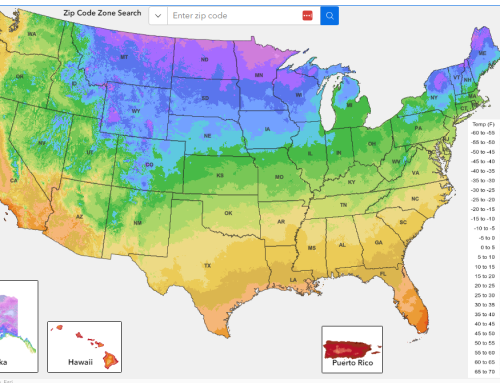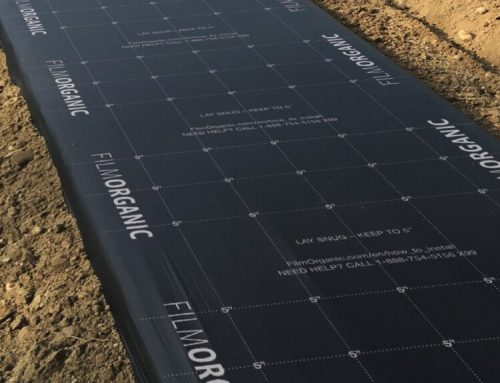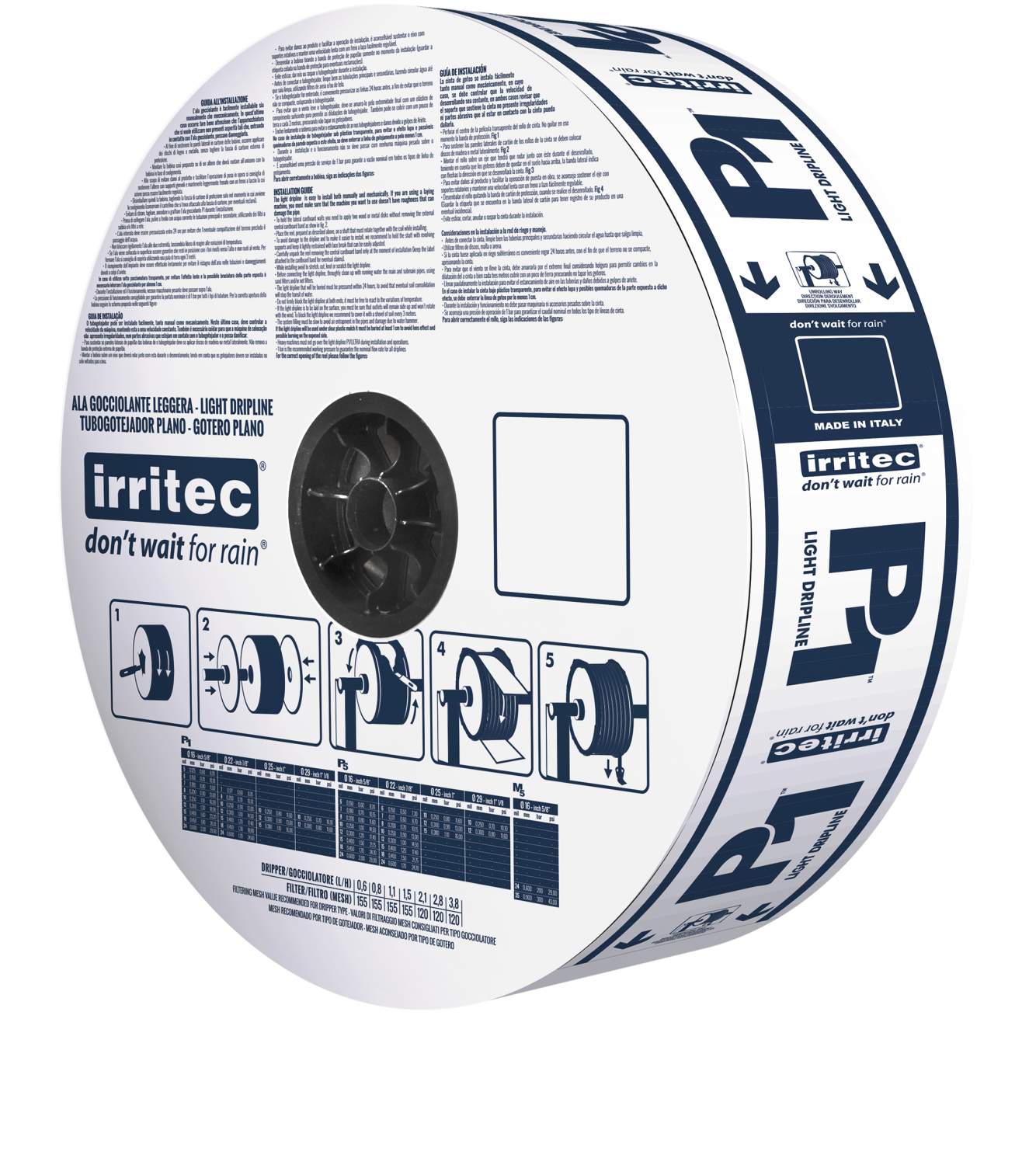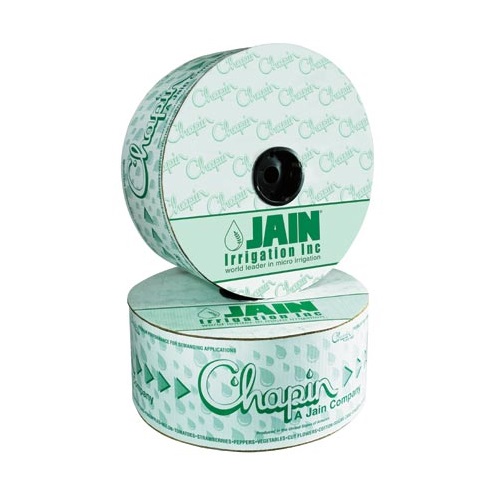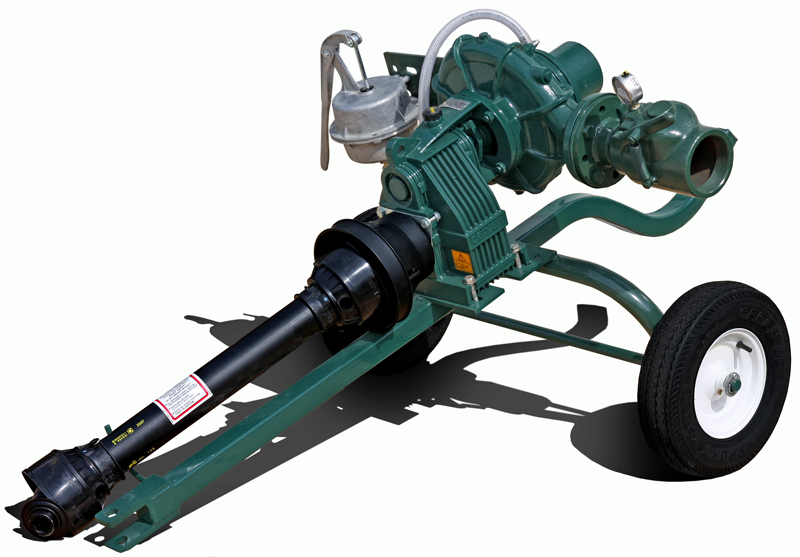Hemp is a unique strain of the cannabis sativa plant that is currently revolutionising american agriculture. Unlike traditional marijuana, it contains very little to no THC, the chemical that gives the “high” feeling when smoked or ingested. It has many uses, and can produce more paper per acre than any other plant on earth. It also produces twice as much fiber per acre than cotton, and hemp fiber is ten times as strong as cotton fiber.
An article published in 1938 by popular mechanics was hailing hemp as “the new billion dollar crop” and detailed over 2,500 uses for industrial hemp. Unfortunately for consumers and 
Today, hemp farming is becoming increasingly popular for a number of reasons, including the high yield, low planting costs, and many uses for hemp. The cost to plant hemp varies widely depending on location, equipment needed, etc; but the national average is about 500$ per acre. A single acre of hemp can produce 700 pounds of grain and 5,300 pounds of straw. Many farmers instead choose to farm hemp for Cannabidiol oil (CBD). CBD farmers can expect at least 2500$ per acre, while A recent Cornell University analysis found that the returns are roughly $130 to $730 per acre for grain and straw farming.

The process for farming hemp for fiber and CBD oil is very different, but in both cases agriculturalists face similar risks. There are very few pesticides currently registered for use on industrial hemp, making the crop particularly susceptible to insects. Like any plant, cannabis also must face diseases like root rot and mildew. Farmers should rotate hemp like any other crop to avoid exhausting the soil and causing pest or disease buildup.
Despite the challenges however, hemp remains a relatively low risk crop with high potential and many industrial uses. It is cheap to plant, and farmers with wheat and soybean experience should have little difficulty growing hemp. With the laws changing in hemp farmers favor and social acceptance the highest its been in decades, it is likely that industrial hemp crops will become more commonplace as time passes. Hopefully soon hemp will be able to reach its full potential as america’s next billion dollar crop.


